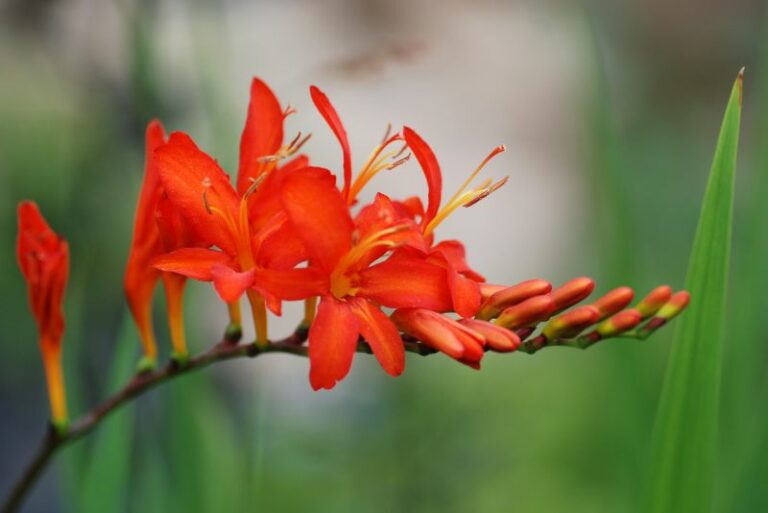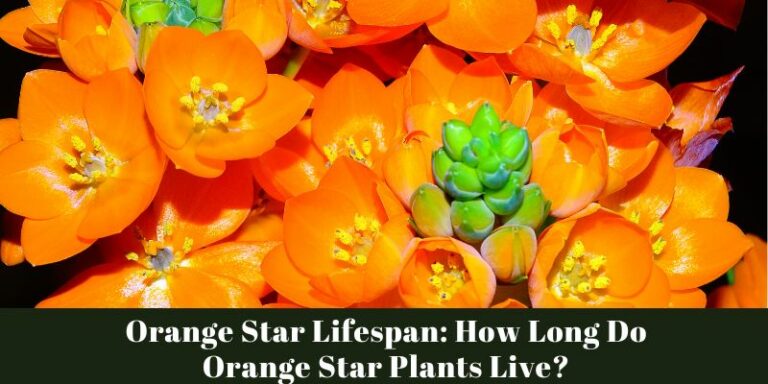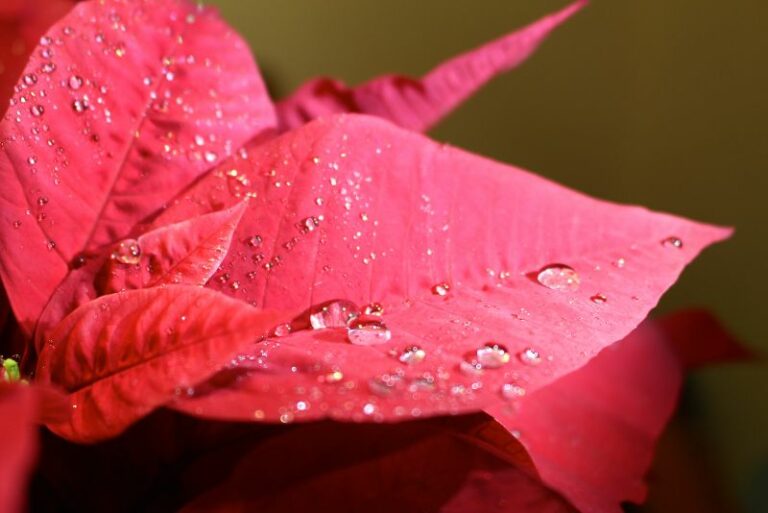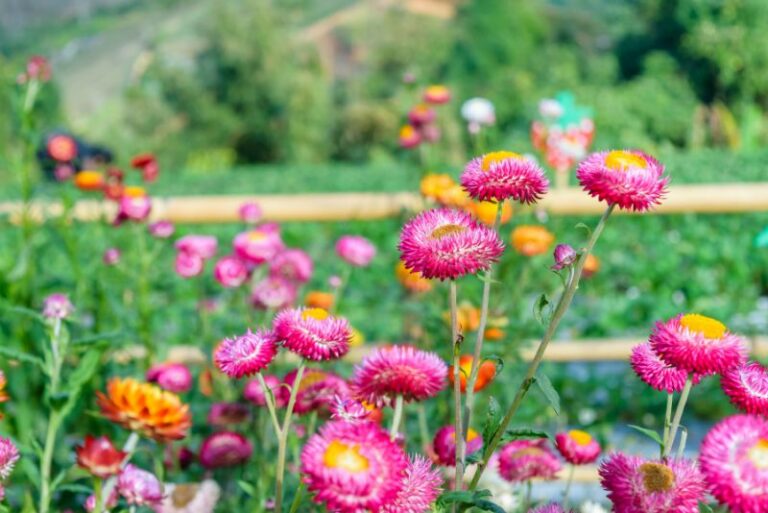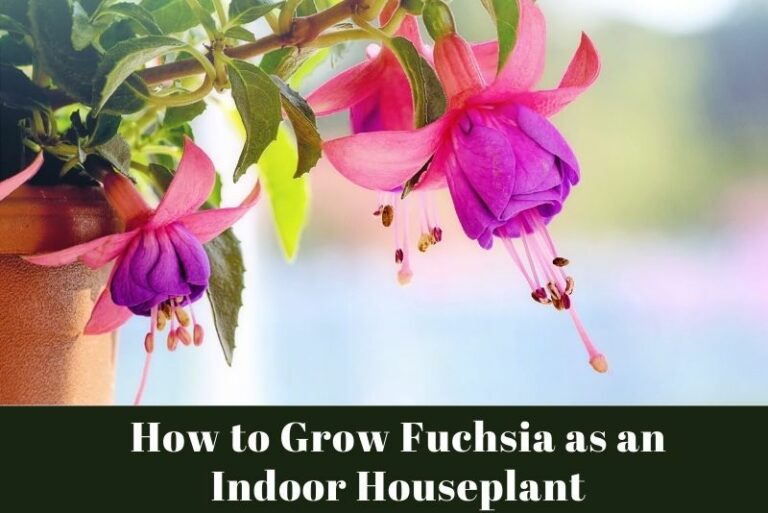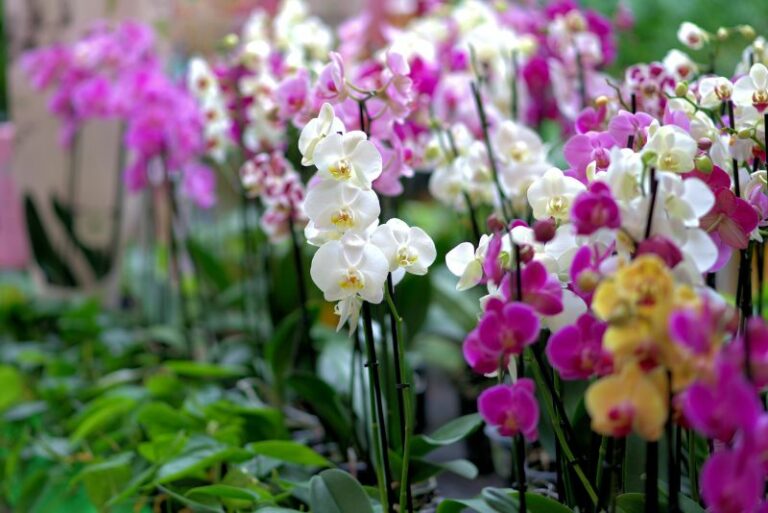How to Naturalize Grape Hyacinth (Muscari) in Lawns
Gardens are canvases waiting to be painted with the vibrant colors of nature. Imagine stepping out onto your front lawn and being greeted by a sea of small, star-shaped, indigo-toned flowers—this can be the reality with the enchanting process of naturalizing Grape Hyacinth in your lawn.
Naturalization is the art of creating a self-sustaining ecosystem of plants that requires minimal intervention once it’s established. And when it comes to effortlessly adding bursts of color, fragrance, and texture to your lawn, Grape Hyacinths are a top choice. This long-form blog will guide garden enthusiasts, home landscapers, and botany hobbyists through the rewarding process of naturalizing Grape Hyacinth.
Benefits of Naturalizing Grape Hyacinth

Low Maintenance
Grape Hyacinth, with their bulbous roots, are a low-maintenance choice for amateur and seasoned gardeners alike. Once planted, they require little attention beyond watering and feeding your other lawn flora.
Colorful and Fragrant Blooms
From a distance, a carpet of Grape Hyacinth varieties such as ‘Blue Magic’, ‘Ocean Magic’, and ‘Valerie Finnis’ can resemble the seas of their namesakes, bringing a touch of grandeur to your landscape. Up close, their sweet, grape-like fragrance adds another layer of delight.
Lawn Enhancement
A blend of naturalized Grape Hyacinth amid the plain backdrop of grass adds visual interest to any lawn, small or spacious. They’re a surefire way to break the monotonous green and infuse a springtime liveliness.
Steps to Naturalize Grape Hyacinth
Investing time in thoughtful preparation is essential for Grape Hyacinth to thrive in your lawn.
Selecting the Right Variety
Choose Grape Hyacinth bulbs that match the climate and soil type prevalent in your area. Select varieties that are known for their naturalizing abilities and ability to exude their distinctive color. Test for pH if necessary to ensure optimal growing conditions.
Preparing the Soil
Before planting, it’s crucial to ensure that the soil is well-drained. Much like other bulbs, Grape Hyacinth bulbs can rot in waterlogged areas. A mixture of organic compost can improve soil structure and fertility, providing a good foundation for root development.
Planting and Spacing Guidelines
In early autumn, dig a trench or prepare individual holes for the bulbs. A general rule of thumb is to plant bulbs three times their height deep. When it comes to spacing, you want them close enough to form a cohesive display but not so close that they become overcrowded over time—about 4-6 inches apart.
Maintenance Tips for Healthy Growth
Mulch can be your friend, keeping the soil moist and regulating its temperature. However, be mindful of the depth. Mulching too close to the base of the plant may cause bulb rot. As the Grape Hyacinth naturalizes, mow your lawn with the blade set high to give them the breathing room they need.
Design Ideas and Combinations
Grape Hyacinths aren’t just about sticking to their own kind. They can play well with others.
Pairing with Other Spring Bulbs
Mixing Grape Hyacinths with early- to mid-spring bloomers like daffodils and tulips can create a transitioning palette of colors that unfurls over time, extending the beauty of the season.
Creating Visual Interest in the Lawn
Strategic placement of Grape Hyacinths, especially along garden pathways or in areas of the lawn where they can be appreciated up close, adds layers of natural design. Use them as markers for hidden flower beds or to draw attention to a particularly scenic area of your yard.
Seasonal Care and Long-Term Sustainability
Watering and Fertilizing Recommendations
In the first season, Grape Hyacinths may need supplemental watering to establish their roots. After that, they’ll maintain themselves, provided they get an occasional drink during dry spells. Fertilization once a year in the early stages of bulbs’ growth can help them multiply and stay vigorous.
Managing Overcrowding and Spreading
While the multiplying aspect of Grape Hyacinths is what makes them charming, too much of a good thing can sometimes lead to overcrowding and weaken the plants. Digging up crowded areas and replanting the bulbs or thinning out the clumps can help the ecosystem remain healthy.
Conclusion
Naturalizing Grape Hyacinths in your lawn is not just about the visual appeal—they offer an opportunity to enhance your environment with minimal intervention. They are a resilient, low-maintenance addition that can bring a piece of the wild into your urban or suburban space.
In conclusion, the process of naturalizing Grape Hyacinth is an invitation to connect with the cycles of life in your own backyard. It’s about creating a sustainable, thriving mini-ecosystem that celebrates the resilience and beauty of nature. Now, as you step into your gardening shoes, remember that you are about to participate in a legacy of life and color that will flourish season after season.

